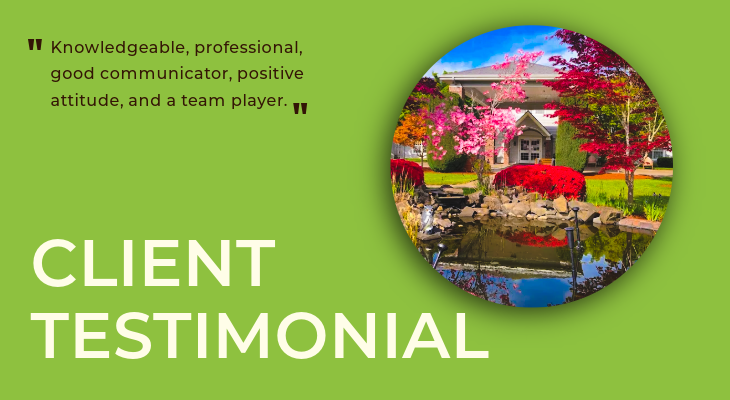Today’s blog comes from the mind of an Infinity Rehab Director of Rehab – Cathi Lamoreux, CCC/SLP. Cathi oversees rehabilitation services for several therapy departments around Spokane, WA. The therapy teams she manages serve multidimensional senior populations, which requires her and her teams to adopt flexible thinking patterns and have resources assembled and ready to use at a moments notice. In this article, Cathi strikes a chord that might be familiar to many therapists who serve an aging population and have switched to a new facility setting.
How were we to know just how messy this rehab business really is? You go to school, graduate, interview for the first job, get yourself into something you have absolutely no idea what is in store, either figure it out quickly or leave for other pastures. Then, repeat.
Those of us who land in the world of skilled nursing find our niche with our little band of patients dealing with a multitude of fractures, neurological disorders, and aging issues. We settle into a routine of ambulation, transfers, ADLs, equipment needs, cognition, swallowing, and strengthening. We occasionally see people go home, or at least move onto a lesser level of care, but we often see people who arrive on our doorsteps with an acute diagnosis remain as long-term residents.
The pressure felt by the therapists is applied more frequently from afar – Medicare regulations, insurance company protocols, productivity expectations, etc. We get into a “been there, done that” routine which serves us and our patients well. We get good at what we do, attend continuing ed to enhance our knowledge-base and skills, learn the regulatory ropes, and put in a good day’s work.
Fast forward to a new contract. You are asked to be a team member in a new facility for your company and you accept. After all, skilled nursing is skilled nursing, right? You arrive at the new facility full of hope, anticipation, and confidence. But, very quickly you learn that not all skilled nursing facilities are created the same.
Your new facility is in a Continuing Care Retirement Campus. This facility is really its own little village. There are independent seniors living in their own homes who travel, play golf, hike, drive cars, go to the theater, volunteer. Heck, some even are still working! There are independent seniors living in lovely apartments and eat dinner prepared by a European-trained chef in an elegant dining room. There are seniors who live in three different assisted living settings, requiring a range of just a little extra help to a locked dementia area with 24-hour supervision. Then, there is the skilled nursing area. Finally! Something you recognize!
But, do you?
It isn’t business as usual because being its own little village means that the skilled nursing beds are for residents of THIS community, not the greater community. What happens when there are empty beds? Nothing. You just wait until someone from your village needs that level of service. It doesn’t really matter that they are Med B, private pay or Med A. What’s a therapist to do?
Looking around you realize that there is a vast, untapped pool of people who just need little tune-ups, rehab for broken wrists from falling off their bicycles, people still living independently with progressive neurological disorders, rehab after elective surgery or recovering from an illness which wasn’t severe enough to require going to skilled nursing.
Before you know it, you are running a very robust, active outpatient practice. But, wait a minute! You haven’t used this body of knowledge and skills for a long time and this wasn’t really what you were expecting. For some of the original team members, this wasn’t what they expected and they have moved on. But, for the team members who have gelled into a little band of troopers, this is what it is all about.
First of all, we feel like we are leading by example. We saw an opportunity and are making the best of it. We have a good balance in our practices and it keeps us on our toes. We have people who fit us into their busy schedules because they see the value in our services and tell us so. We have developed new programs specifically targeted for our outpatient residents. We have turned what appeared to be a negative – empty skilled nursing beds – into a positive by helping people stay active and healthy rather than letting them quickly deteriorate and eventually require a higher level of care.
We could conclude that we are our own worst enemy by perhaps contributing to the lower census in the skilled nursing section because we help people stay active and in place longer. Like any small village, word travels fast. Word of mouth keeps our robust outpatient practice hopping. Word of mouth also helps when there is a need for skilled nursing. For some, they saw us before they got there and are thrilled to see a familiar face come through the door. Another benefit of working in this setting is that we get to follow people when they go home, unlike the traditional stand-alone skilled nursing facility that has to hand over the in-home treatment to another agency.
Is it easy in this reimbursement climate to run primarily a Med B practice with expectations driven by Med A standards? No. But, for those people who we have helped, we mean the world to them and that is all that truly matters.






